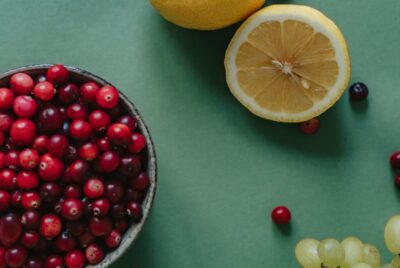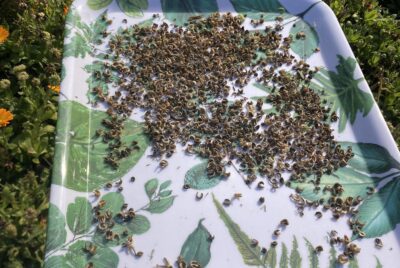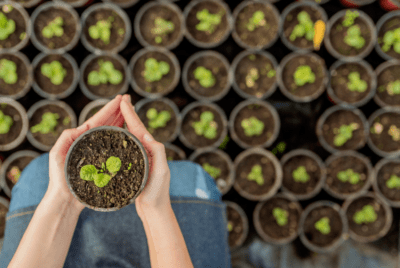RESEARCH
Hoverfly Assemblages in Urban Farms Compared to Urban Parks in the City of Geneva
Summary
This study explored whether urban farms provide similar or different ecological benefits compared to urban parks, using hoverflies as indicators of pollination and pest control services. Researchers placed insect traps in three farms and three parks in Geneva, Switzerland, and collected data over a six-week period in 2017. Hoverflies were chosen because they help pollinate plants as adults and many species’ larvae eat crop pests like aphids. Scientists identified over 6,800 hoverflies, representing 81 species, and analyzed their abundance, diversity, and ecological roles in both types of spaces.
The study found that both farms and parks support large and diverse hoverfly populations, but the type of service they offer differs. Farms had a higher proportion of hoverflies that eat aphids, meaning they likely offer stronger pest control services. Parks, on the other hand, had more species overall and greater diversity during certain times, suggesting they offer better support for pollination. These findings show that even small green spaces in cities can support important insect life, and that different types of green infrastructure contribute in different ways to urban biodiversity and ecosystem health.







